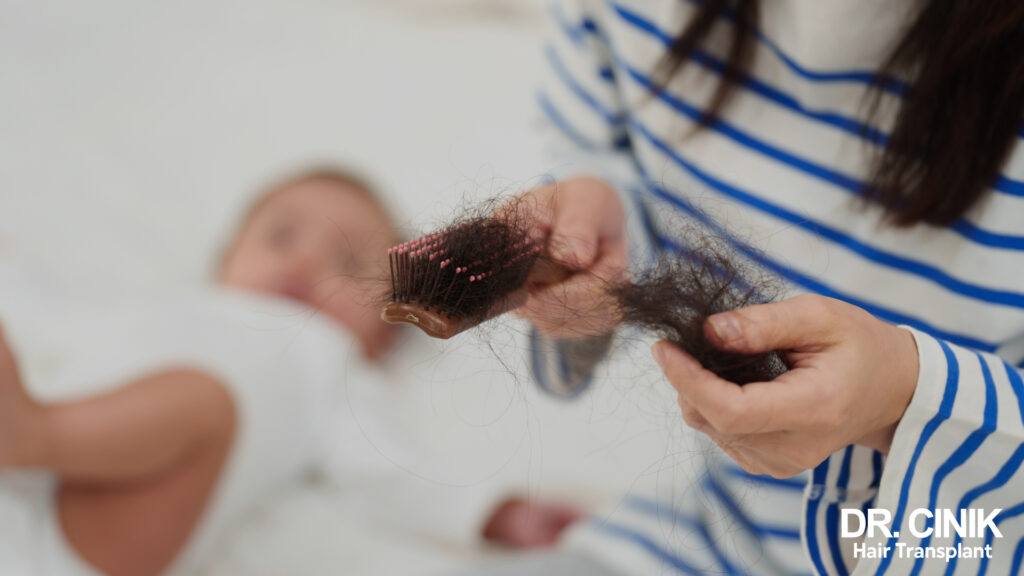4000-Graft Hair Transplant: Everything You Need to Know About This Technique for Combating Baldness
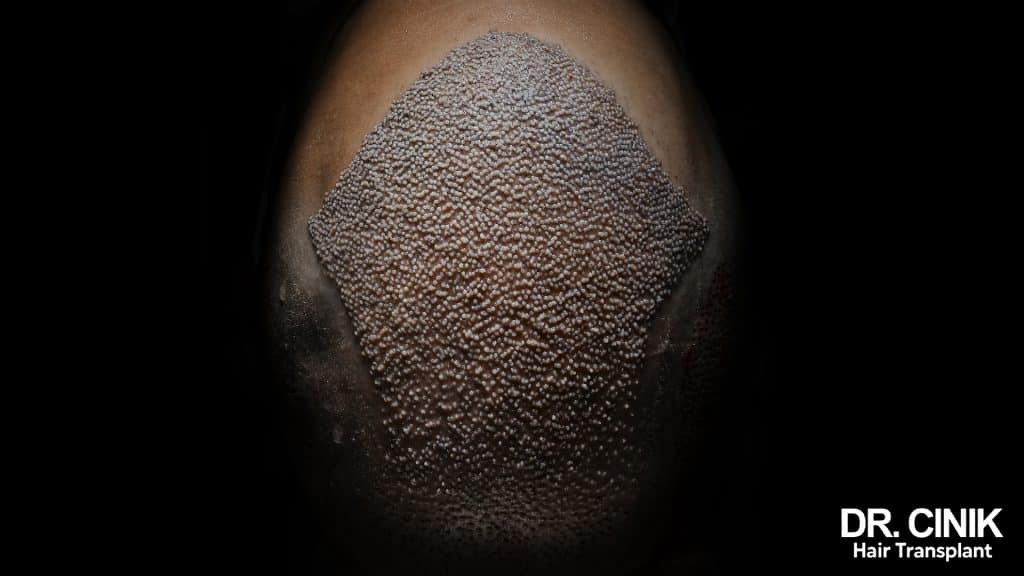
Summary
Hair transplantation has become a go-to surgical procedure for those battling advanced levels of baldness. This article delves into the intricacies of a 4000-graft hair transplant, covering all you need to know from the initial pre-operative planning to the anticipated results.
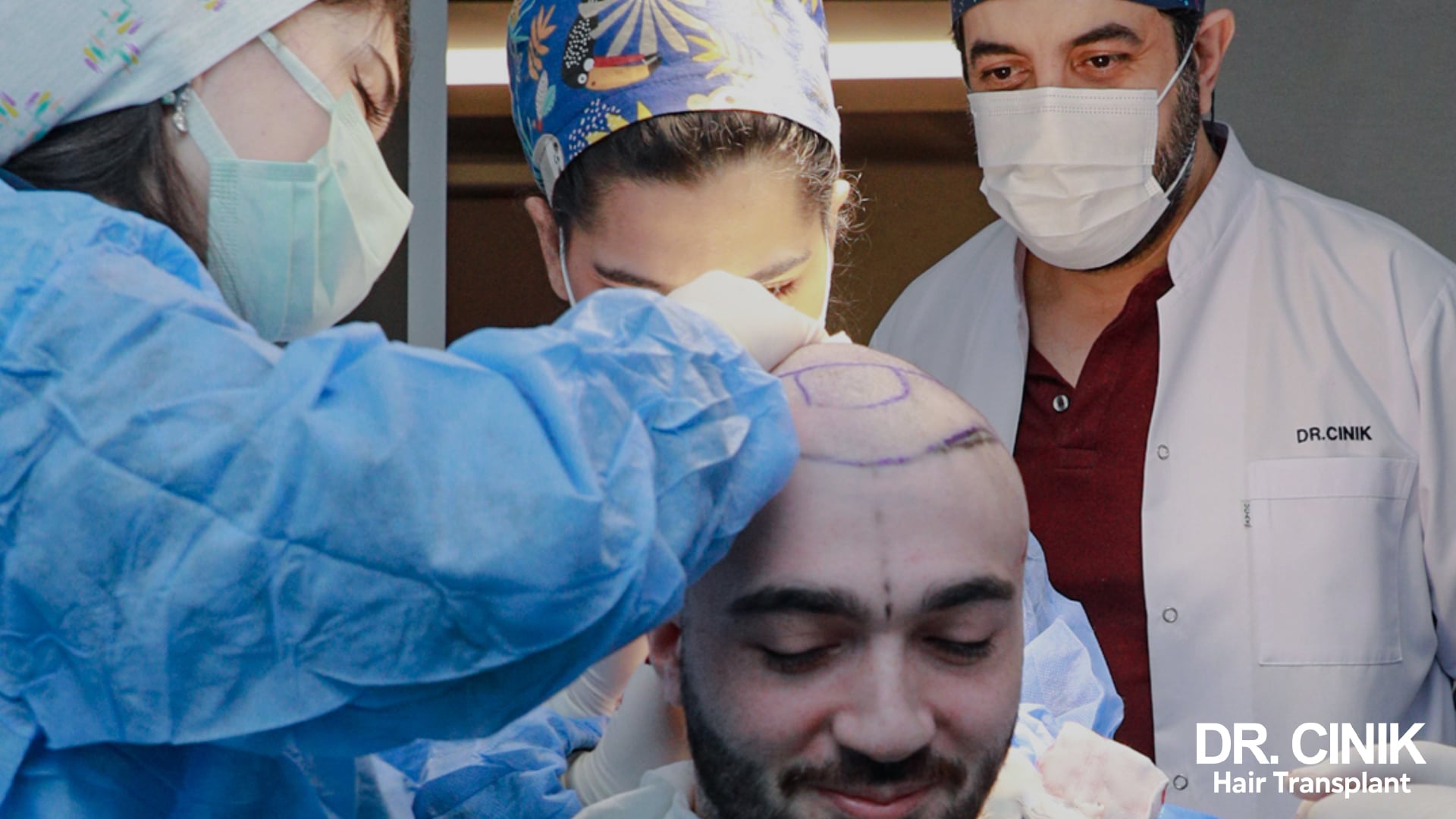
Principles and Techniques of Hair Transplantation
Hair transplantation relies on harvesting healthy hair follicles from the back and sides of the head—areas genetically resistant to baldness. Once collected, these grafts are meticulously implanted into balding sections like the temples, crown, and top of the head, offering a permanent solution for hair loss.
There are three primary techniques:
- The FUT (Follicular Unit Transplant) method involves extracting a strip of scalp laden with hair grafts. This older, relatively invasive procedure has been largely supplanted by newer methods.
- FUE (Follicular Unit Extraction) represents the more contemporary approach, extracting hair follicles individually using a specialised punch device. A refinement of this method, Sapphire FUE, employs precision sapphire needles for enhanced accuracy.
- DHI (Direct Hair Implantation) simplifies the process by implanting hair grafts directly and individually, bypassing the need for an intermediate conservation or sorting phase. This approach is especially suited for smaller and medium-sized transplants but not ideal for extensive procedures involving 4,000 grafts or more.
For comprehensive hair restoration involving around 4,000 grafts, physicians often suggest the Sapphire FUE technique to tackle advanced balding effectively.
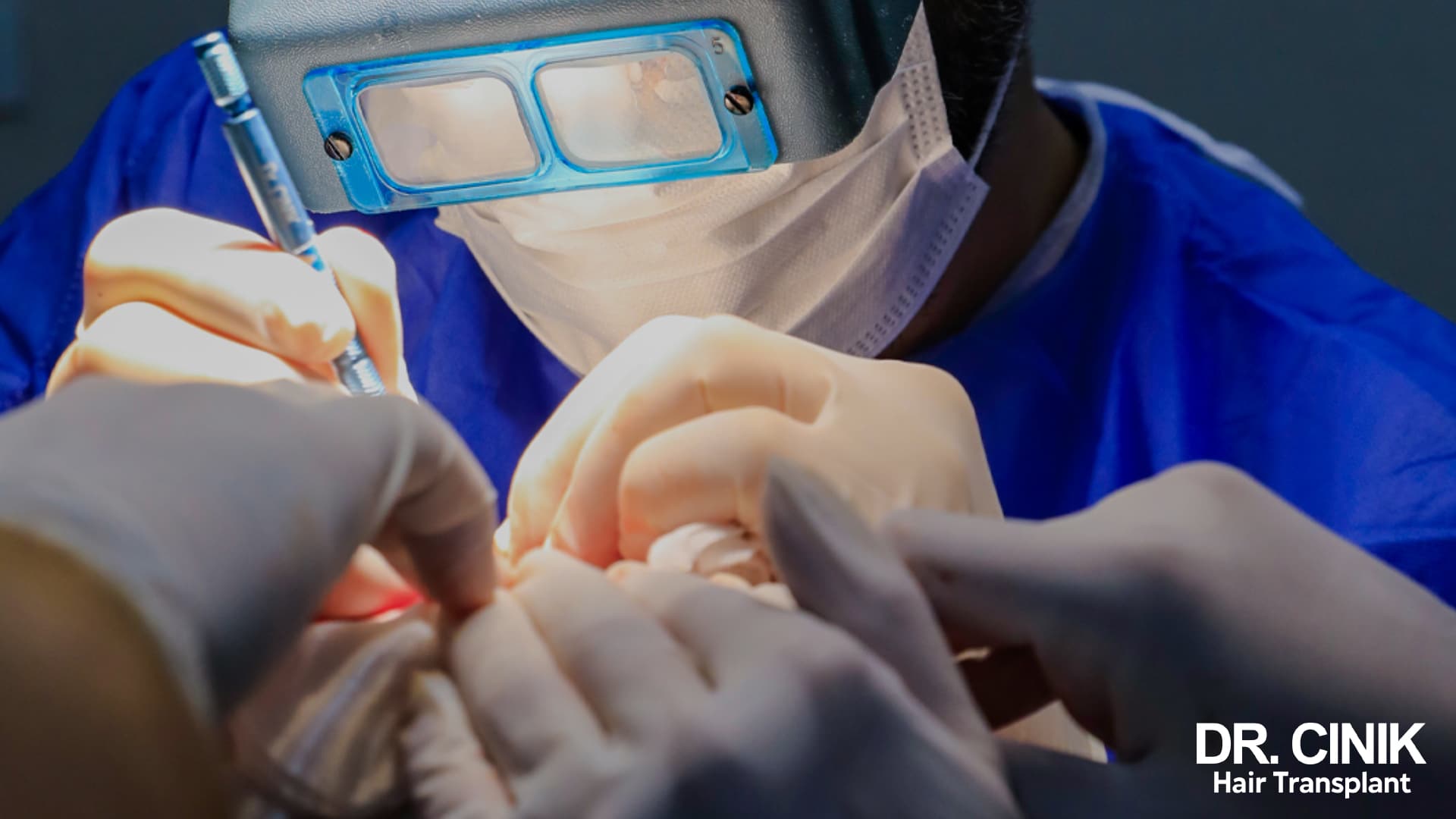
Scalp Analysis and Transplant Procedure Planning
In the initial consultations, a trichogram—a detailed scalp analysis—is performed to assess the extent of hair loss accurately, the existing pattern of follicle implantation, and the density of potential donor areas.
Utilising this information, the surgeon carefully designs the hair transplant to align with the patient’s distinct needs and characteristics, aiming to deliver a natural-looking, customised outcome.
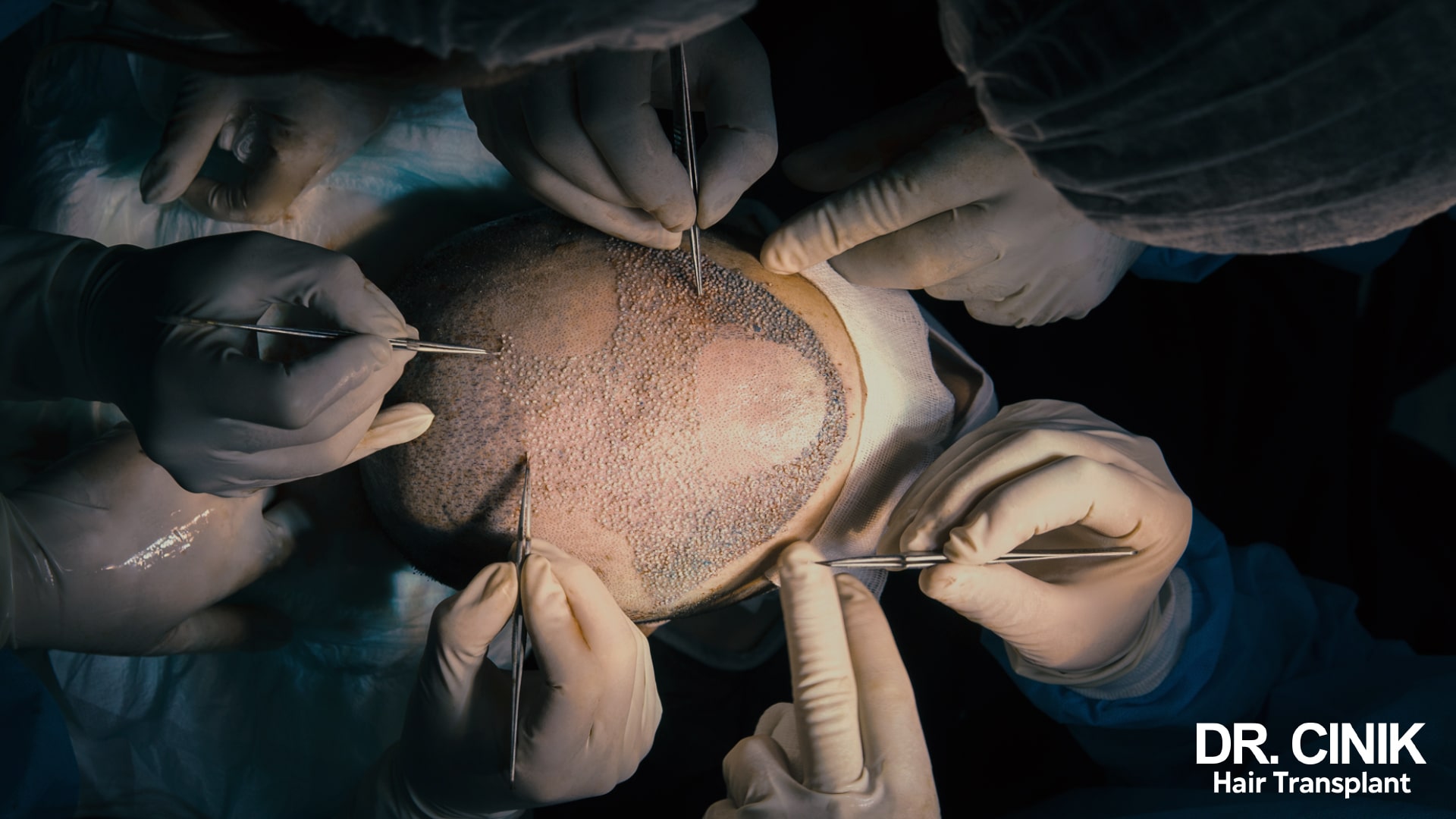
Procedure Overview
Undergoing a 4000-graft transplant is a significant surgical procedure typically spanning 6 to 8 hours. It is carried out in a sterile operating theatre, with patients comfortably under local anaesthesia, sometimes combined with sedation.
Utmost care is taken to ensure all surgical tools are used, and the donor site is thoroughly disinfected and sterilised to eliminate any infection risks. Surgeons use specialised micro-surgical instruments and magnification tools such as loupes or microscopes, aiming for the highest precision when dissecting and preparing the follicular grafts.
Grafts are individually harvested, carefully categorised, and then strategically implanted into tiny incisions in the recipient area, always aligning with the hair’s natural growth direction. To conclude the procedure, a compression band is applied to the treated regions to aid healing.
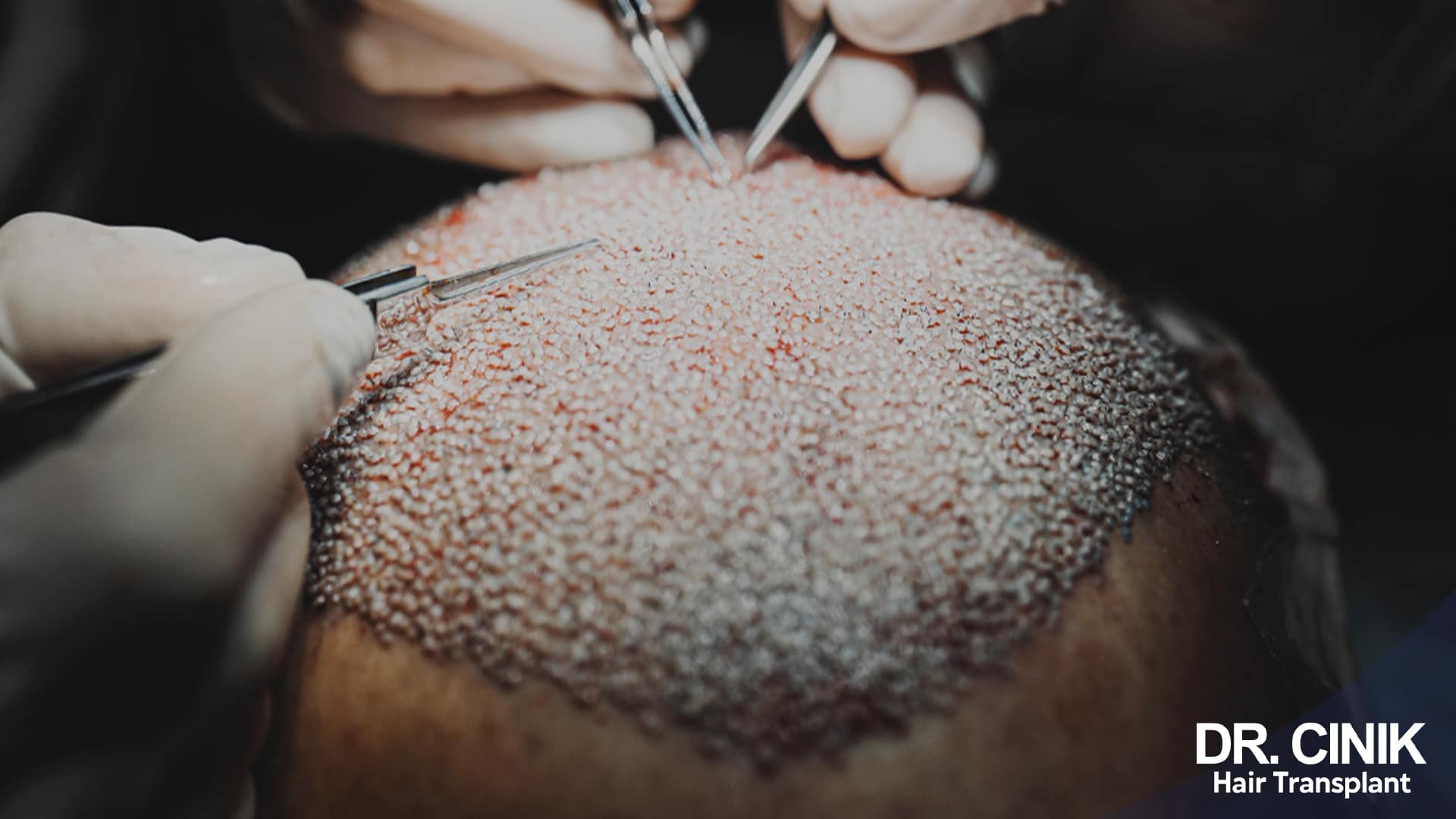
Healing Instructions and Expected Results
Post-operative care is vital following the procedure. Patients must maintain the grafted areas’ cleanliness, be vigilant for signs of swelling or bruising, and adhere to pain management and anti-inflammatory prescriptions.
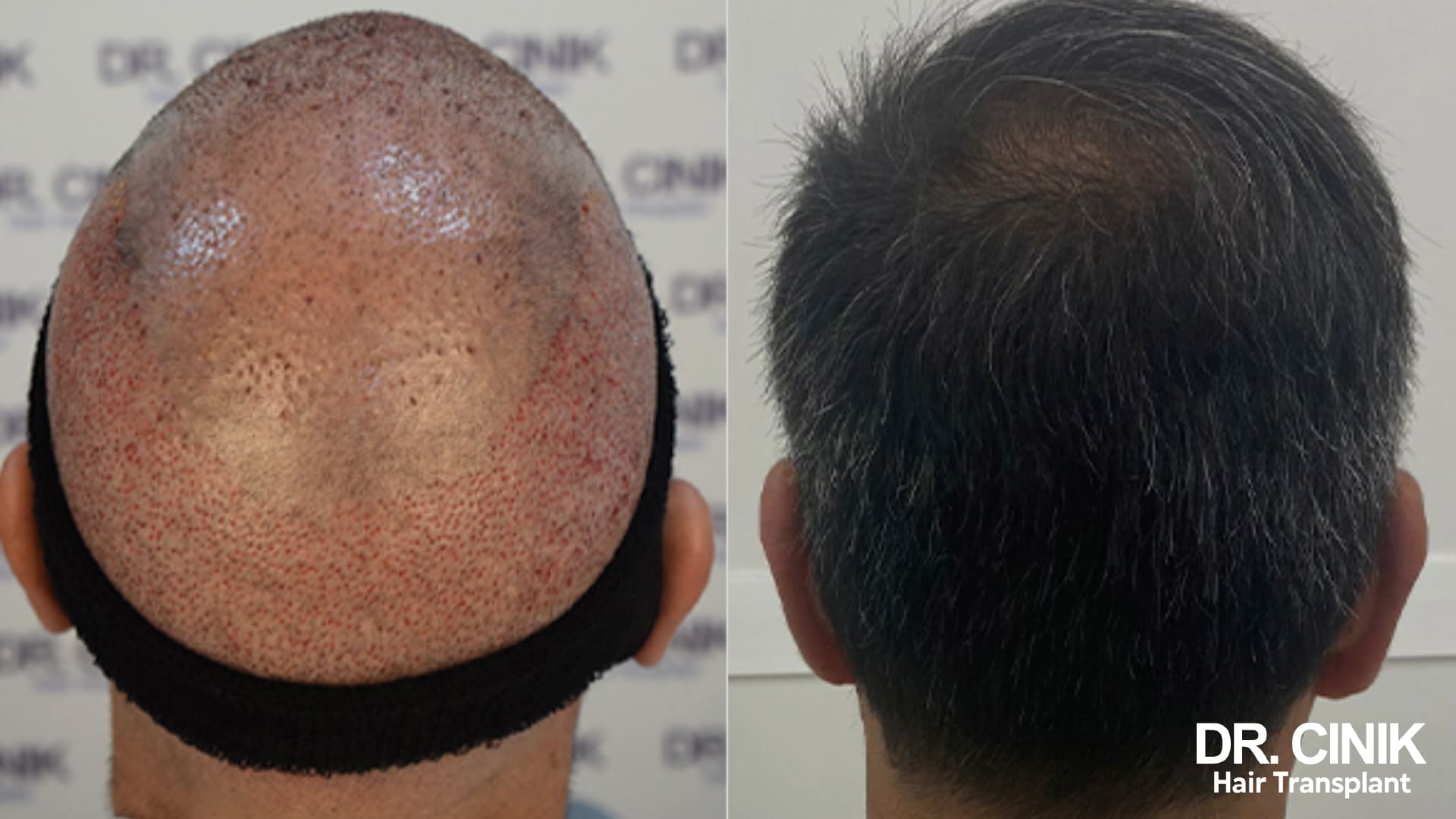
Initially, the first transplanted hairs tend to shed within 2 to 4 weeks following the transplant. This is a normal part of the process, paving the way for new, enduring hair growth that typically commences after 3 to 4 months. The regrowth process is gradual, continuing over a period of 6 to 9 months, with the final results becoming evident approximately one year after the transplant.
With a comprehensive transplant of 4,000 grafts, patients can generally anticipate a regrowth rate of over 90%. This contributes to a significantly denser appearance in the transplanted area, leading to highly satisfactory outcomes in combating even advanced stages of baldness.

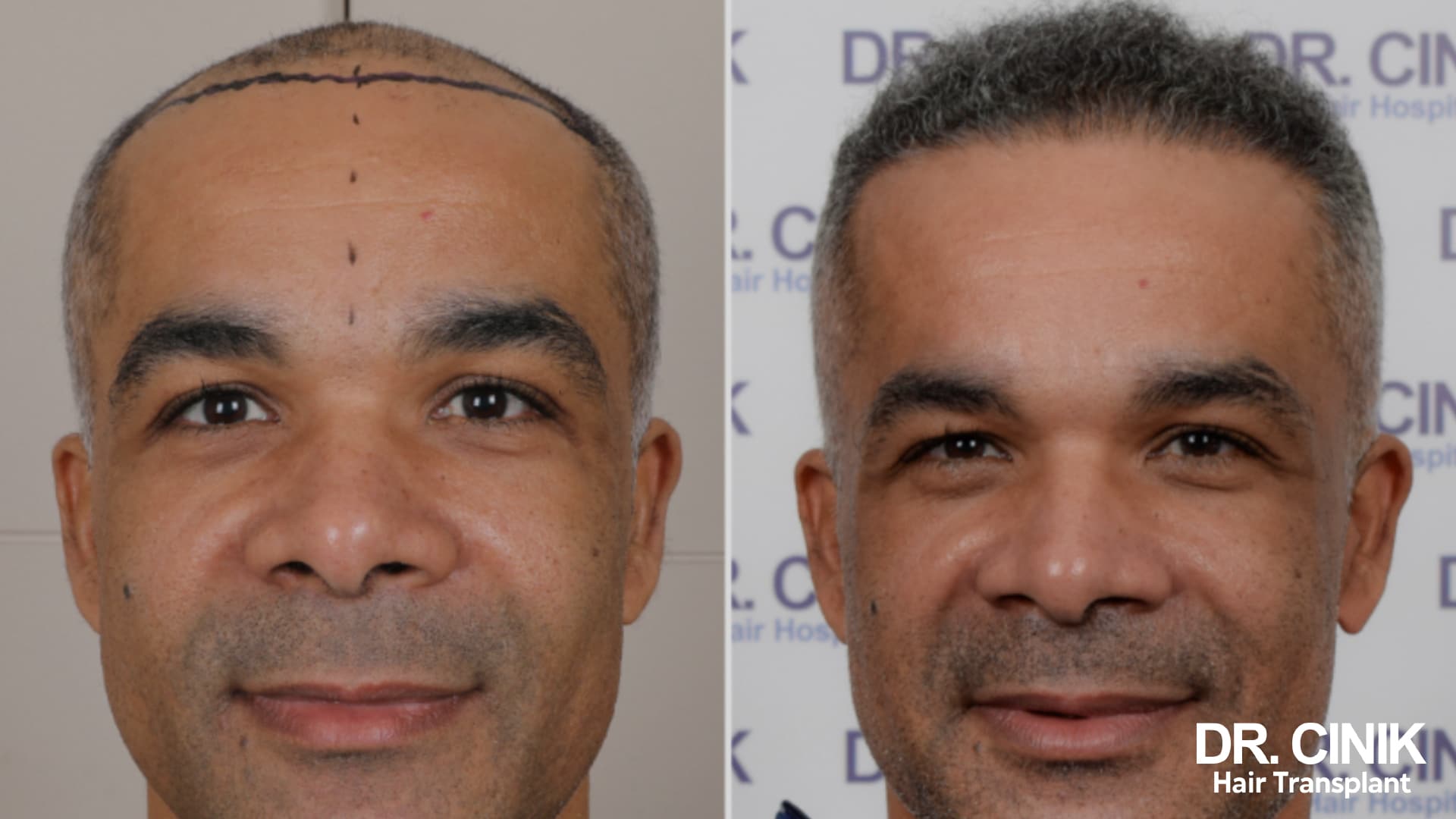
Cost of 4000 Grafts in Various Countries
The price of a hair transplant is influenced significantly by the location where it’s performed. For a procedure involving 4,000 grafts, the average costs by country are as follows:
- France, Belgium: Typically ranges between €9,000 and €15,000
- Switzerland, United Kingdom: Can cost between €12,000 and €20,000
- Germany, Spain, Netherlands: Prices fall between €10,000 and €17,000
- United States, Canada: Expected to be within the bracket of €14,500 and €24,000
- Turkey, Tunisia, Morocco: More affordable, with rates from €4,000 to €12,000
It’s important to consider that the clinic’s reputation and the technologies employed for the transplant can also affect the overall cost.
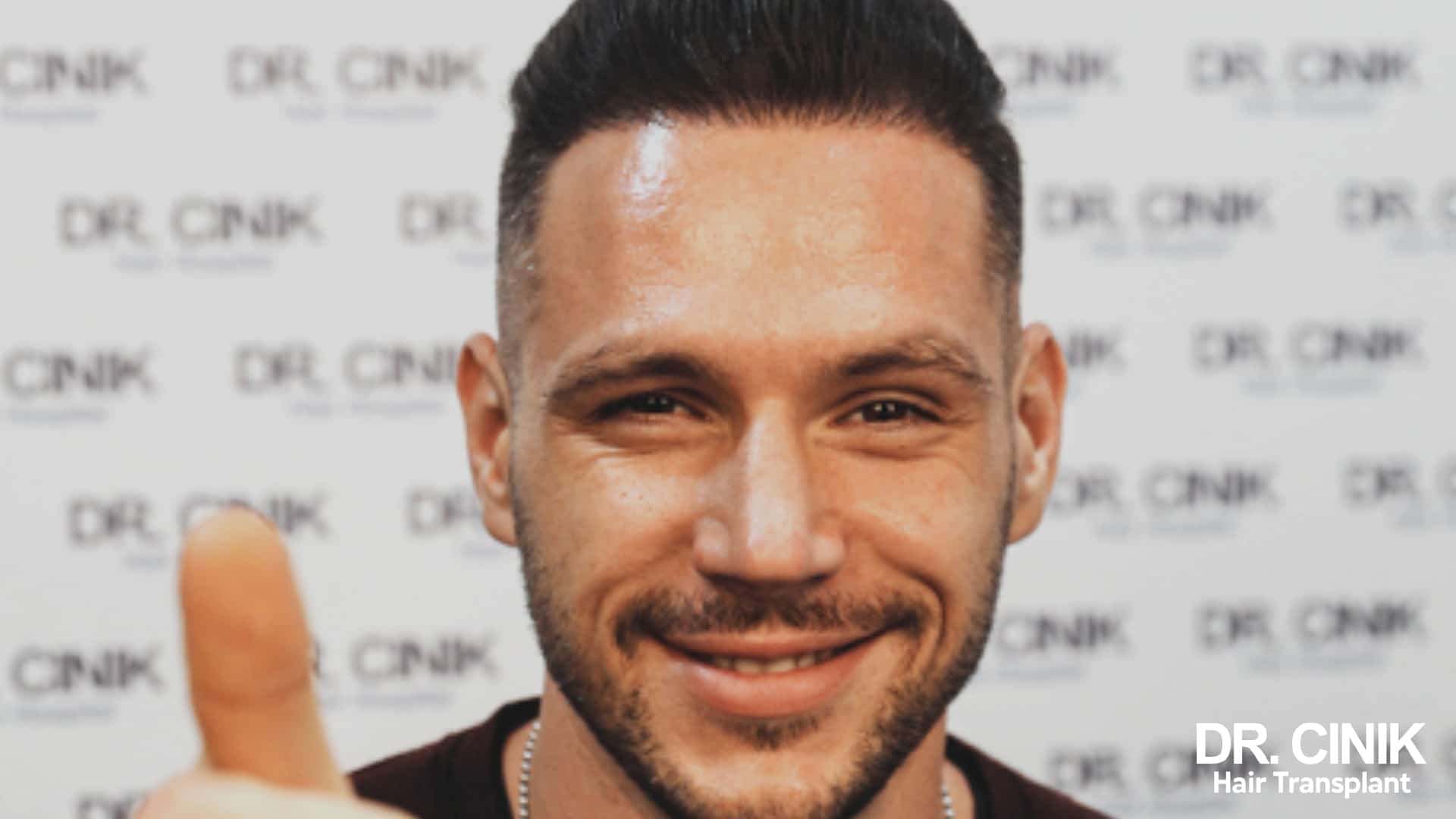
Conclusion
While requiring a substantial investment, extensive hair transplant procedures offer the possibility of restoring a full head of natural-looking hair, even for patients experiencing advanced stages of baldness. Boasting a success rate of over 90% when performed proficiently, this surgical method stands as the most enduring solution for addressing permanent hair loss.



